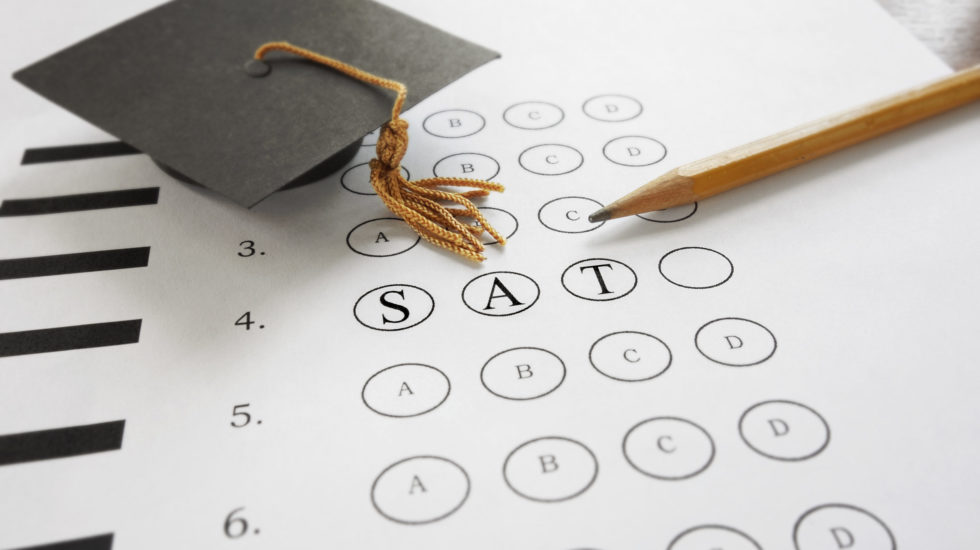High school students who take the SAT test hoping to improve their chances of getting in to an elite college are likely to be disappointed, even if they’ve received solicitation brochures from brand-name schools, reports the Wall Street Journal.
But the College Board — which owns the SAT — and the universities themselves benefit whether students are accepted or not.
That’s because the non-profit Board sells test-takers’ data, giving colleges a list all but guaranteed to draw large numbers of applications — while a high rejection rate boosts a school’s reputation for selectivity, the Journal says.
In other words, many elite colleges deliberately encourage far more students to apply than they could ever accept, because they want to turn down most of them.
“Some applicants, in effect, become unknowing pawns,” the Journal says.
“The race for applicants has stoked the environment of anxious families who place a high value on getting into elite schools. An increasingly competitive atmosphere helped set the stage for the admissions cheating scandal unveiled in March,” the Journal says.
The College Board provides students’ names, ethnicities, parents’ education and approximate PSAT or SAT scores, at 47 cents a name. The data is selected according to a college’s criteria, from as many as 2.5 million test-takers. Some schools buy half a million names a year.
“Colleges say the data helps them reach a diverse pool of students they might have otherwise missed,” the Journal says. But critics say that’s not the main motive.
“The top 10% of universities don’t need to do this. They are buying some students’ names who don’t have a great chance of getting in,” college enrollment consultant Terry Cowdrey — formerly of Vanderbilt University — told the Journal.
“Then the kids say, ‘well why did you recruit me if you weren’t going to let me in?’” But not letting them in is exactly the point.
Using Vanderbilt as one example of this widespread practice, the Journal says the private Nashville-based school’s admission rate “dropped to 11% in 2017, from 46% in 2002,” according to federal data. “The number of Vanderbilt applicants rose more than three-fold over the same period.”
“That’s because at most schools [like Vanderbilt], the number of students admitted has remained flat, while the number of applicants to those schools has increased dramatically,” the Journal says. In Vanderbilt’s case, that increase was nearly 220%.
“As elite schools’ acceptance rates dropped through the past decade, the pressure on students rose to get good scores on the SAT, taking it multiple times if necessary” — and once again boosting the College Board’s business.
As a result, the Journal says, “The odds of getting into a specific elite U.S. school have never looked longer. For the class of 2021, Harvard University received 39,506 applications, up from 19,527 for the 2006 class, and it admitted 5.2% … [while] Northwestern’s applications rose to 37,259 from 13,988, and it admitted 9.2%.”



